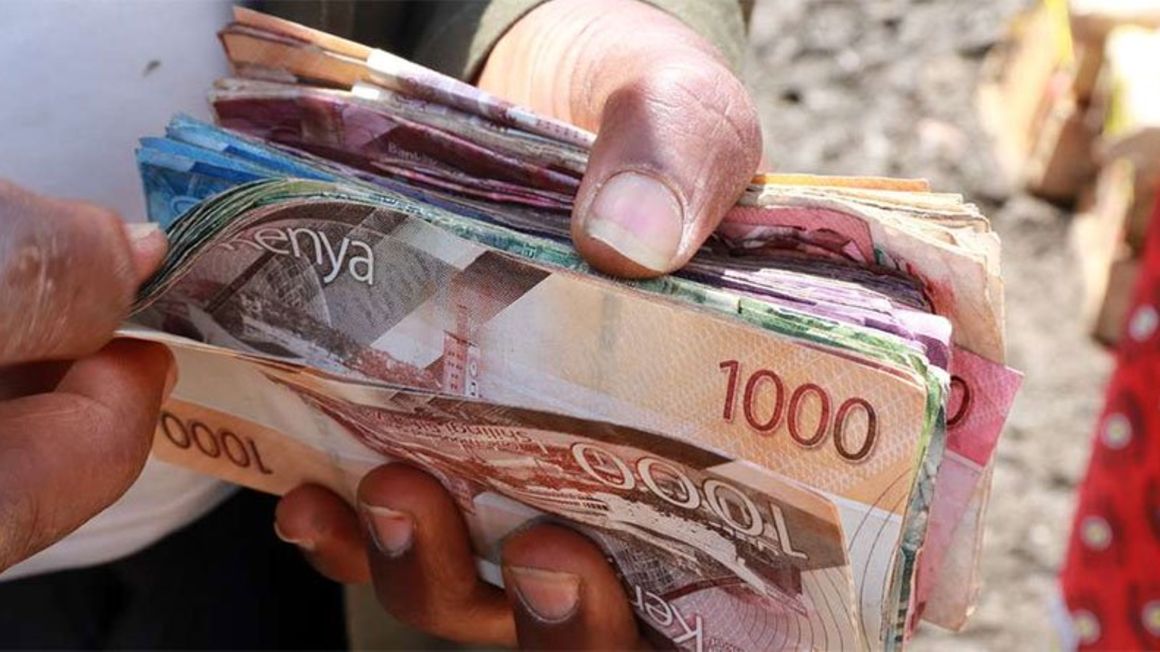
The shilling Wednesday strengthened to a seven-month high against the US dollar, with traders linking this to flower remittances and muted foreign currency demand on reduced dividend repartition.
Summary
- The shilling Wednesday strengthened to a seven-month high against the US dollar, with traders linking this to flower remittances and muted foreign currency demand on reduced dividend repartition.
- It closed the day averaging 108.25 units against the dollar compared with 108.60 units at the close of trading on Tuesday, marking the 10th straight day of gaining ground to the US currency.
It closed the day averaging 108.25 units against the dollar compared with 108.60 units at the close of trading on Tuesday, marking the 10th straight day of gaining ground to the US currency.
This is the strongest level since September 1, 2020 when it was at 108.21 and is despite Central Bank of Kenya (CBK) foreign exchange reserves opening the month at three-year low of Sh802.6 billion ($7.343 billion) or 4.51 months import cover.
Currency traders said the decision by top banks such as KCB, Standard Chartered Bank Kenya, Absa Kenya and Equity to cut or freeze dividends had taken pressure off the shilling.
“The main thing is that dividend payments have reduced this year compared to previous years and this has reduced the pressure that is usually seen on the shilling in April and May when many firms buy dollars to pay foreign investors,” said a top currency trader who sought anonymity.
“There has also been a lot of investor inflows from the tax-free Sh60 billion infrastructure bond. Also the inflows from Valentine’s Day flower sales have come in.”
KCB
, Standard Chartered Bank Kenya , DTB , Absa Kenya , Stanbic , Equity and I&Mcut dividends by 51.8 per cent or a combined Sh32 billion to Sh29.76 billion, softening the need to stock up dollars for payment to foreign investors.
The dividend cuts were motivated by desire for strong capital buffers as net earnings fell in line with increased provisions for loans defaults given the Covid-19 economic fallout facing borrowers.
The shilling is also expected to benefit from a stronger remittances from sectors such as horticulture.
CBK data showed remittances hit $260.3 million last February, being 11.4 per cent higher than the preceding similar period and is estimated to be stronger this year on gradual economic recovery.
Kenya’s foreign exchange reserve had touched 4.51 months import cover, being just 0.01 percentage points above the East African Community’s convergence criteria of 4.5 months of import cover.





No comments :
Post a Comment